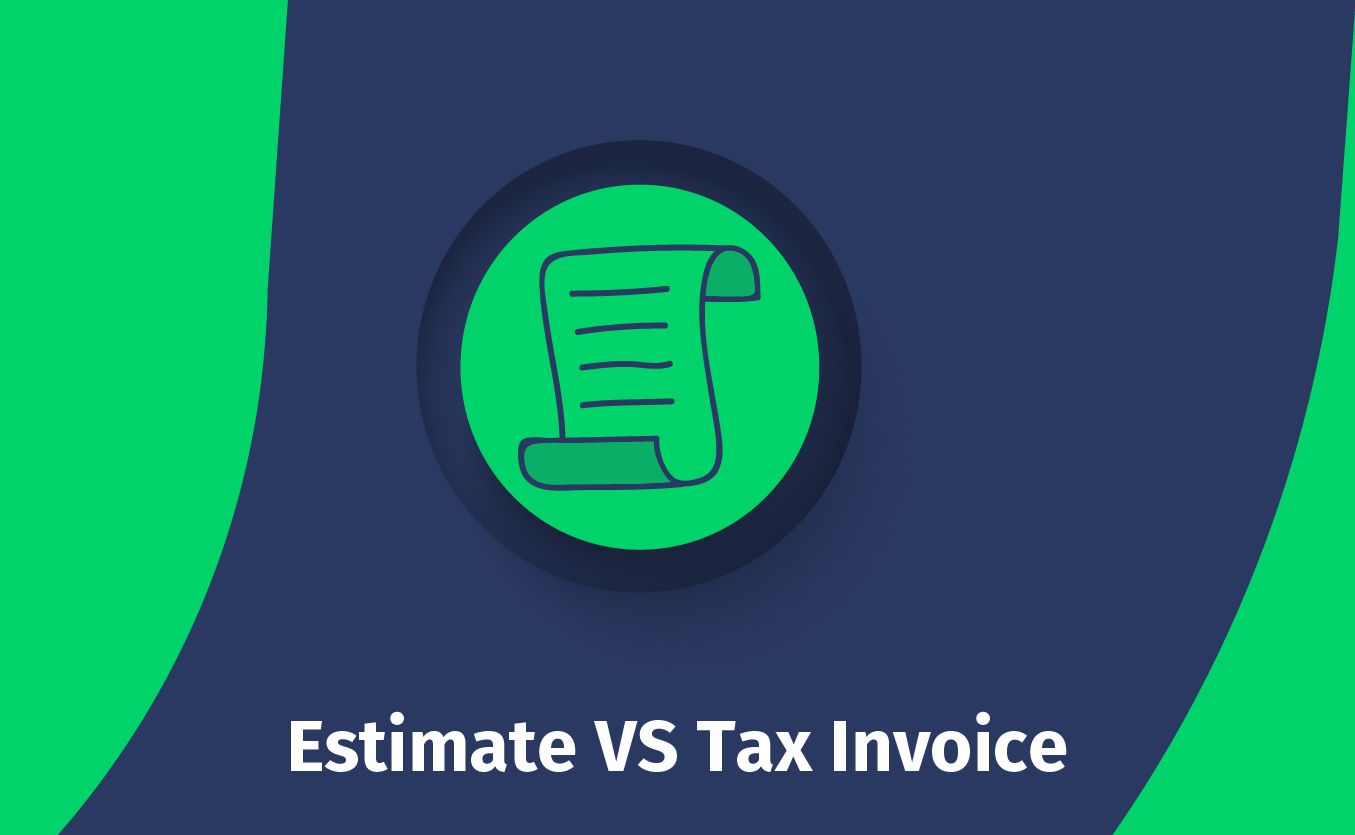
What is an Estimate, and How does it Differ From a Tax Invoice?
What Is a Tax Invoice?
Under GST, a tax invoice is proof of the supply of goods or services and is also essential for the recipient to avail of the Input Tax Credit (ITC).
Customers are given invoices to tell them exactly how much they must pay for a particular item within a specified period. As a result, invoicing helps businesses to get paid on time.
Wondering how Tax Invoice works? Read Comprehensive Information - What is a GST Tax Invoice? | Meaning, Examples, Templates.
What Is an Estimate?
An estimate gives an estimated price of goods or services to the customer. An estimate is usually provided to assist customers in making informed decisions and to assist your business in understanding the details.
Providing an estimate to a customer requires no action on their part.
Read detailed information about Estimate here - Everything you need to know about Estimate | Meaning, Purpose, Format.
Overview of the Purchase Process
Here are several steps that small businesses need to follow during the purchase process and how these two documents work together:
- Once requested, you can provide a customer with an initial cost estimate, supply time, and other details.
- After negotiating a reasonable estimate, the products or services are provided within the agreed-upon deadline.
- The client must issue a purchase order to finalize the specifications and cost of the ordered goods/services.
- A commercial invoice can only be generated after accepted purchase order.
- Your company can now send clients an invoice to request payment.
- In the event that payment has been received, the final bill can be sent.
When Should We Issue Estimates?
Here are three essential reasons why businesses should issue estimates:
You need a specification of the costs.
Estimates are needed to create by sketching out a general idea of what a project will entail and then adding specific details. It is imperative when starting a new project or trying to meet customer-specific needs.
To avoid various types of uncertainty from the client's side.
As the process progresses, you may make changes with the customer. It is suggested that you begin by providing an estimated cost if your customer does not know what the exact specifications are for the project.
You want to help your customers during the whole process.
Stage-by-stage work almost always changes the cost, timetable, logistics, and other critical factors with the client's input.
When Should We Issue Tax Invoices?
When we need to request customers to pay.
After you have supplied your goods or services to your customer, you must send an invoice listing all of the products with detailed descriptions and costs to get paid on time.
Controlling supplies and sales
It monitors the completion of the sale and shows the total income. Invoices also help you pay attention to the total amount of sales and used supplies.
Creating a trustworthy database
The information obtained through invoices is reliable and significantly helps us in the tax audit process.
What is the Difference Between Invoices and Estimates?
The main difference between tax invoices and estimates is that a tax invoice shows an amount that your customer must pay. In contrast, according to the estimates, the total amount is not owed by the customer yet.
An estimate is usually given to a customer, so they can see how much the product or service would cost them before the purchase. As a result, customers decide to work with you or not.
After when the agreement is confirmed, businesses should issue an invoice to request payment.
With the help of this table, you understand the difference in more detail between tax invoices and estimates:
